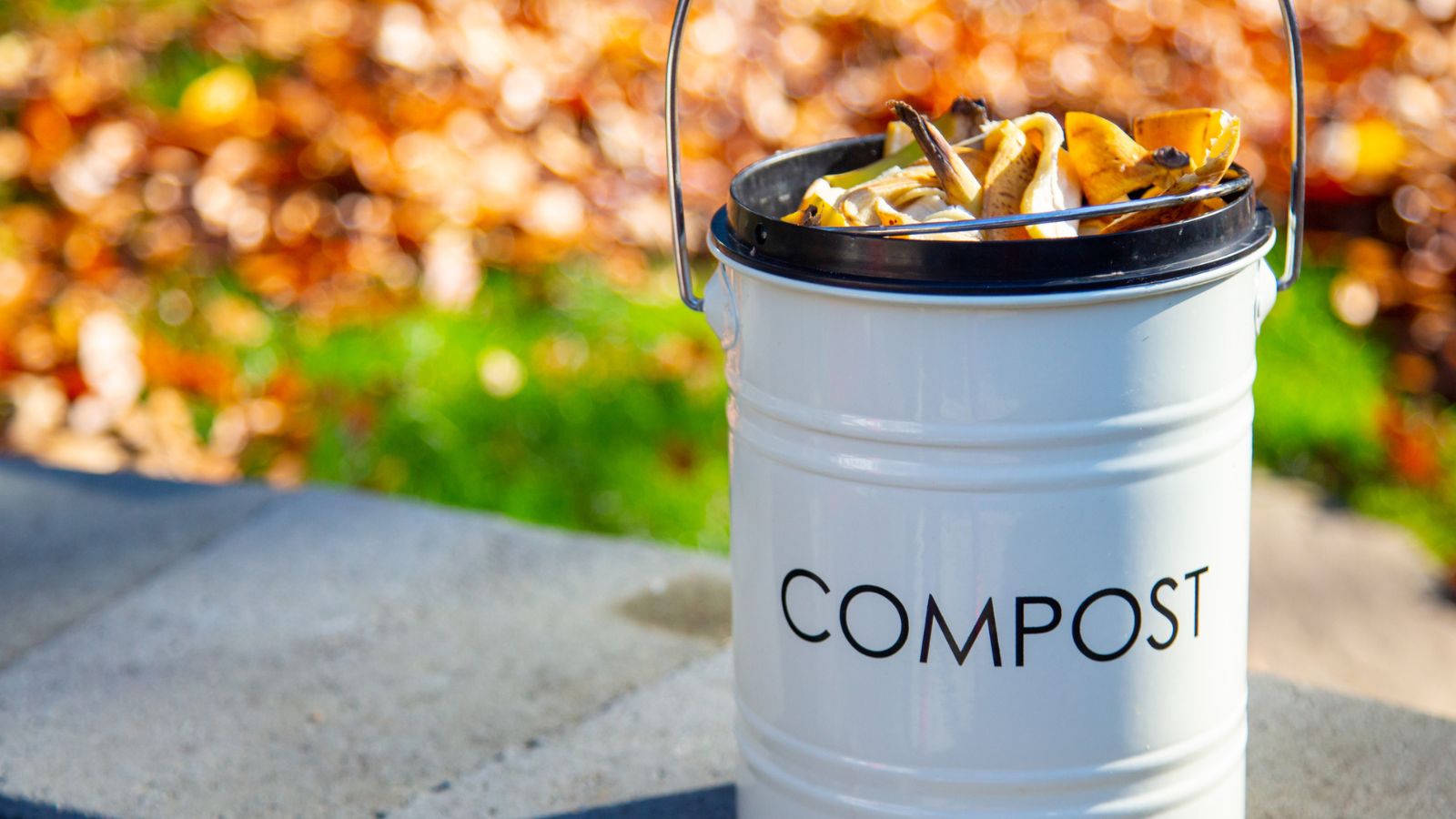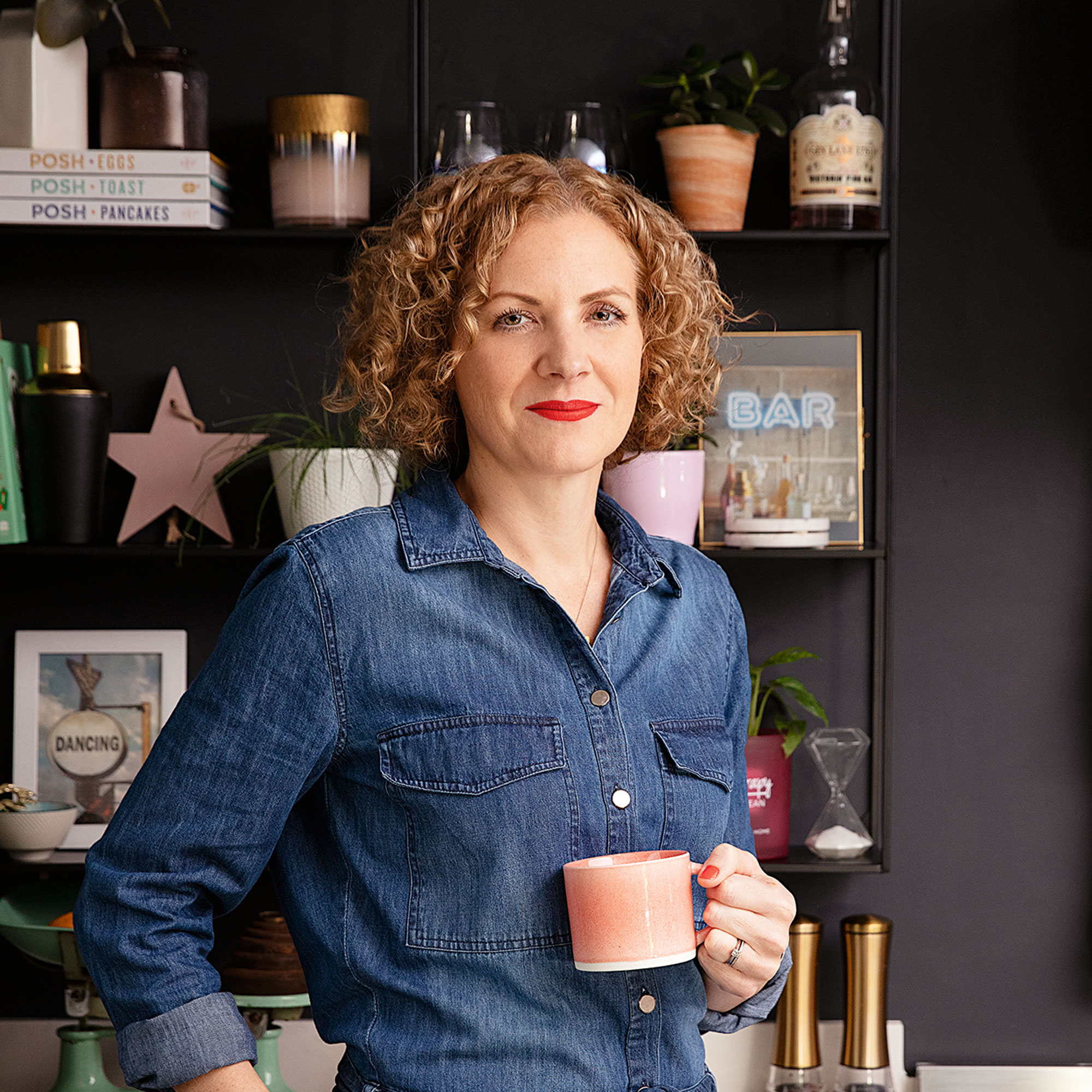Can you use banana peels as fertilizer? Experts reveal 4 ways to boost your plants' growth
Using banana peels as fertilizer is an easy way to vitalize your fruit and veg – and Joanna Gaines approves


Using banana peels as fertilizer may seem unconventional, but this expert-approved garden idea will boost your plant's health (and it's sustainable too).
After Joanna Gaines famously fed her staghorn fern banana peel to boost the plant's potassium level, we got thinking. Are banana peels good for plants and is using banana peels as fertilizer the answer to plant problems?
'Banana skins are a brilliant way to boost the levels of organic material in your homemade compost. Although it won't do any harm to simply throw whole banana skins in your compost pile or bin, they will decompose much faster if you chop them into smaller pieces first,' comments Homes & Gardens' Head of Gardens, Beth Murton.
Here, the experts explain all you need to know.

For the past 20 years, Beth has worked for and contributed to a number of leading magazines and websites, including Real Homes, Ideal Home, Period Living and Grand Designs. She was the Editor in Chief of Gardeningetc.com for nearly three years and is now the the Head of Gardens at Homes & Gardens. Beth's own garden is a really important part of her family's home, and she loves spending time tending to her veg patch or entertaining friends and family at a summer BBQ or al fresco pizza night.
Using banana peels as fertilizer
'Banana peels contain lots of potassium, which is one of the three main macronutrients that plants need, and also phosphorus. However, they do not contain nitrogen,' says Homes & Gardens' gardening expert Drew Swainston.
'That makes them a good fertilizer for specific circumstances. Potassium encourages both fruiting and flowers, so that makes banana peels a great fertilizer for fruit and vegetables like tomatoes or peppers, or any flowering ornamental plants.
'Bananas also contain calcium, which is a vital nutrient in combating blossom end rot in tomatoes.'
Design expertise in your inbox – from inspiring decorating ideas and beautiful celebrity homes to practical gardening advice and shopping round-ups.
According to the experts, there are four main ways to use your banana peels in the garden, including a water trick and a technique for chopped peels.

Drew qualified as a journalist before studying for a Horticulture qualification. This opened up the chance to work as a professional gardener for several years. During his gardening career he also specialized as a Kitchen Gardener, growing edibles for the restaurants, deli and cookery school at Soho Farmhouse in the UK, and for chefs at a prestigious restaurant. Drew is passionate about walled gardens, growing edibles, and producing cut flowers. He has run a blog called Perennial Nerd for many years, talking about his life working in and managing walled gardens, fantastic gardens he has visited, his allotment, and projects at home. He's now bringing his expertise and passion to Homes & Gardens as a member of our team.
1. Make banana peel water

The co-founder of Seedsandspades.com, Erinn Witz, suggests creating banana water from the peel. This water is the perfect sustainable garden idea that will give your blooms a boost.
‘Chop up the peels to about ½inch to 1 inch in size, pack them into a clean, empty glass jar and fill with water,’ Erinn says. She explains that you should allow the jar to sit in a moderately sunny spot for approximately 24 hours – at which time the water will turn brown (as the nutrients leak out).
You can then use banana peel water to water your plants before distributing the peel pieces into the compost.
‘I like this strategy because you can get two uses out of your peels: mineral-rich water and green material for the compost,’ Erinn says.
2. Put banana peel in the compost

Using banana peels as fertilizer can be harder in the winter, but Erinn has a solution that will keep your compost healthy ahead of the warmer seasons. You can introduce banana peel into your winter garden ideas by chopping the peels into one-inch pieces and adding them into your compost for spring. According to Erinn, ‘the more, the better.’
3. Bury banana peels in the garden

Another way to bring banana peels into the garden is by burying them directly into the soil, to improve soil health. ‘This is an effective way to get nutrients into the soil, even if you don’t have space for a composter,’ Erinn explains.
However, before experimenting with this technique, the expert warns that the buried peel may attract squirrels and chipmunks who may be able to smell the produce under the ground.
4. Put banana peel on a backboard

Nikita, the founder of Mitcityfarm, also shares her country garden ideas, adding that you can support banana peels in the garden with a backboard.
'Put a complete banana peel between the plant and the backboard or tree trunk it is supported on if you're cultivating a staghorn, elkhorn, orchid, or similar plant,' Nikita instructs. When the banana peel is placed in this specific position, it is able to gradually degrade and release nutrients as the plant is watered or rains.
As Joanna's large staghorn is 26 years old, we expect this to be especially useful in the Magnolia store.
Will you begin using banana peels as fertilizer? With these benefits in mind, it would be hard not to.
Which plants love banana peel fertilizer?
As Drew points out, plants that flower or fruit like banana peel as a fertilizer. These include:
- Air plants
- Banana trees
- Peppers
- Roses
- Staghorn fern
- Tomatoes
FAQs
Is banana peel fertilizer good for all plants?
Using banana peel as fertilizer will boost some plants more than it does others, particularly those that blossom and fruit. However, since it isn't high in nitrogen, it's not going to be enough to help all plants grow to their best potential.

Megan is the Head of Celebrity Style News at Homes & Gardens, where she leads the celebrity/ news team. She has a history in interior design, travel, and news journalism, having lived and worked in New York, Paris, and, currently, London. Megan has bylines in Livingetc, The Telegraph, and IRK Magazine, and has interviewed the likes of Drew Barrymore, Ayesha Curry, Michelle Keegan, and Tan France, among others. She lives in a London apartment with her antique typewriter and an eclectic espresso cup collection, and dreams of a Kelly Wearstler-designed home.